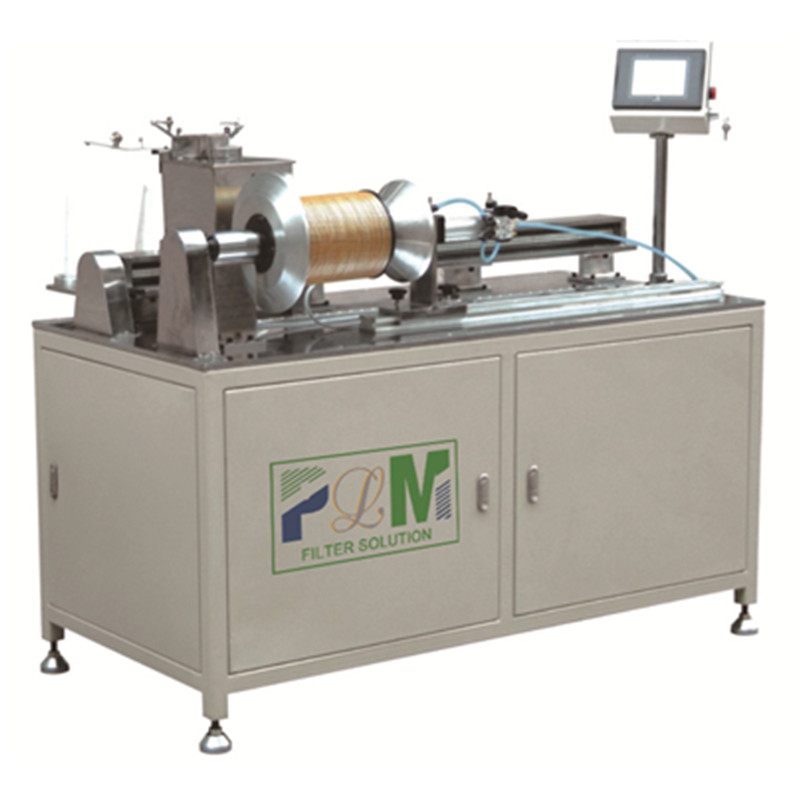ડીસેમ્બર . 01, 2024 19:55 Back to list
screw press dewatering device products
The Evolution and Functionality of Screw Press Dewatering Devices
In an era where sustainability and resource efficiency are paramount, industries are increasingly seeking advanced technologies to optimize waste management and improve water conservation practices. One such innovation that has gained traction across various sectors is the screw press dewatering device. This equipment plays a crucial role in the dewatering process, which involves the removal of water from sludge or slurry, making it a vital solution for municipalities, food processing, and other industries dealing with large volumes of wastewater.
The Mechanism Behind Screw Press Dewatering
At its core, a screw press dewatering device combines mechanical and hydraulic principles to achieve efficient dewatering. The design consists of a rotating screw (or auger) housed within a cylindrical screen. As material enters the device, the screw transports it through the barrel while applying pressure. This pressure crushes the material, forcing the water to escape through the perforations in the screen. The solids are then compacted towards the discharge end of the screw press, resulting in a dryer cake-like byproduct while the separated liquid, or filtrate, is collected for further treatment or disposal.
Advantages of Using Screw Press Dewatering Devices
1. High Efficiency One of the standout features of screw press dewatering devices is their efficiency. Unlike traditional dewatering methods like belt presses, screw presses can handle a wide variety of feed materials, including those with high solid content. Their design allows for continuous operation, making them suitable for large-scale dewatering projects.
2. Low Energy Consumption The energy requirements for operating screw presses are relatively low compared to other dewatering technologies. This aspect not only reduces operational costs but also minimizes the environmental impact associated with energy consumption.
3. Space Saving Design Screw presses are compact and can be installed in limited spaces, which is crucial for industrial applications where floor real estate is at a premium. Their modular design allows for easy integration into existing wastewater treatment facilities without significant structural changes.
screw press dewatering device products

4. Reduced Maintenance Requirements With fewer moving parts than other dewatering systems, screw presses require less maintenance. Their robust design results in increased longevity and consistent performance, leading to lower overall maintenance costs.
5. Versatility Across Industries Screw press dewatering devices are not confined to wastewater treatment plants. Their versatility enables their application in various sectors, including food processing (for fruit and vegetable juices, dairy wastes), agriculture (for manure slurry), and even mining operations (for mineral processing). This cross-industry applicability enhances their market potential and demand.
Environmental Benefits
In addition to operational advantages, screw press dewatering devices contribute significantly to environmental sustainability. By effectively reducing the volume of waste through dewatering, these devices aid in minimizing landfill use and lowering greenhouse gas emissions associated with waste decomposition. The dryer cake produced can often be repurposed as a soil conditioner or an alternative fuel source, further promoting a circular economy.
Moreover, the reduced contaminant load in the liquid effluent helps in meeting regulatory discharge standards, ensuring that industries remain compliant with environmental regulations while protecting water bodies from pollution.
Conclusion
Screw press dewatering devices represent a significant advancement in waste management technology. Their efficiency, low energy consumption, compact design, and versatility make them an invaluable asset across numerous industries. As businesses increasingly prioritize sustainability and seek innovative solutions to optimize waste handling processes, the adoption of screw press dewatering technology is poised to rise. By reducing waste volume, reclaiming valuable resources, and contributing to environmental preservation, screw press dewatering devices are not just a technological solution but a step toward a more sustainable future. Embracing such technologies is essential in our efforts to foster an eco-friendly industrial landscape while accommodating the growing global demand for efficient resource management.
-
Active Carbon Air Filter for Air Purifier – Efficient Odor & Allergen Removal
NewsJul.25,2025
-
Active Carbon Air Filter for Air Purifier – Superior Odor & Allergen Removal
NewsJul.24,2025
-
High-Efficiency Active Carbon Air Filter for Air Purifier | Odor & Allergen Removal
NewsJul.23,2025
-
Active Carbon Air Filter for Air Purifier – High Efficiency Filtration Solution
NewsJul.22,2025
-
Durable Sintered Porous Metal Filter Tube Cup & Machines
NewsJul.22,2025
-
Effective Active Carbon Air Filter for Purifiers | Eliminate Odors
NewsJul.21,2025
